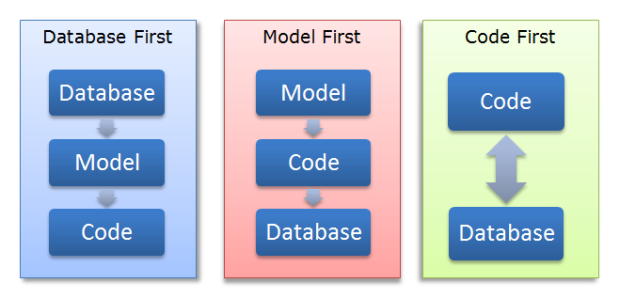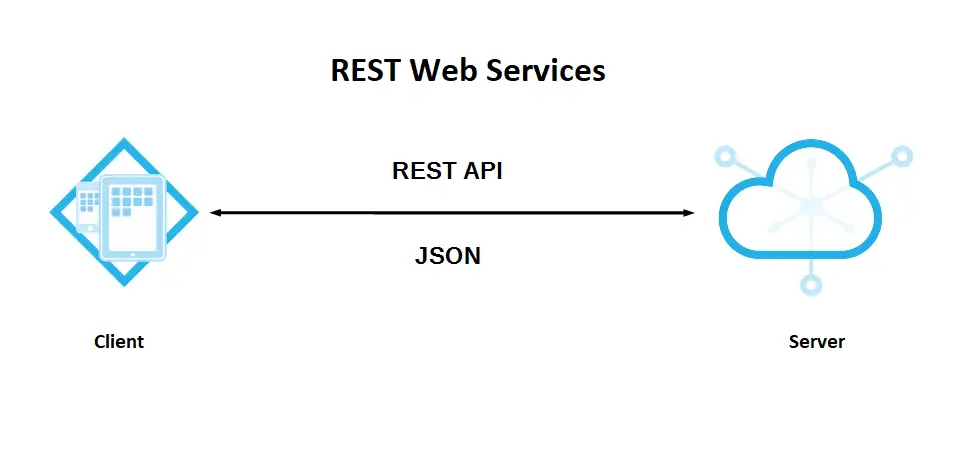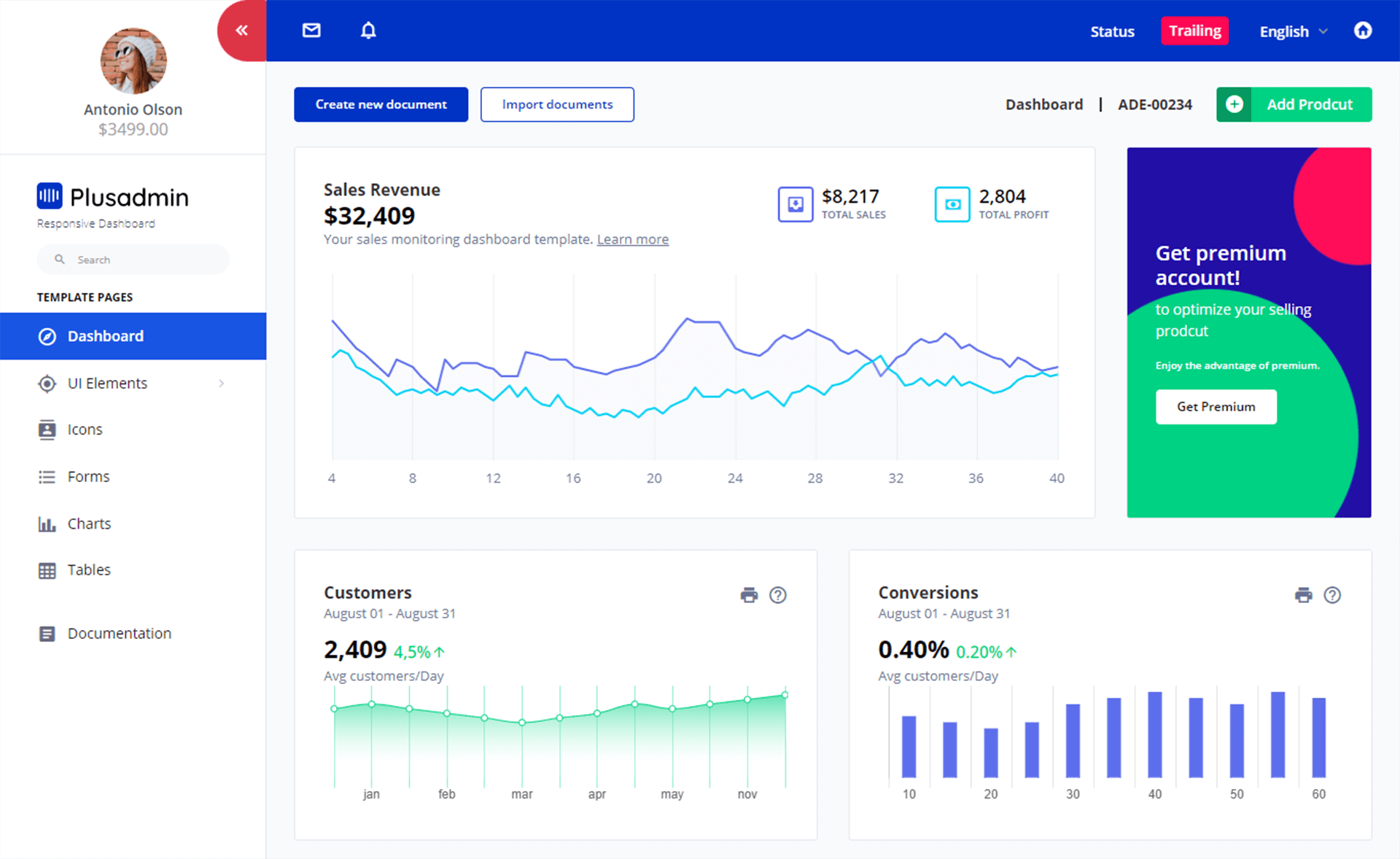If else condition in sql server
By Tan Lee Published on Dec 03, 2024 474
Syntax: If else condition in sql server
IF condition
BEGIN
-- SQL statements to execute if the condition is true
END
ELSE
BEGIN
-- SQL statements to execute if the condition is false
ENDFor example:
IF NOT EXISTS (SELECT *FROM Customers WHERE CustomerID = @CustomerID)
BEGIN
INSERT INTO Customers(CustomerID, CustomerName)
END
ELSE
BEGIN
UPDATE Customers SET CustomerName = @CustomerName WHERE CustomerID = @CustomerID
ENDIF NOT EXISTS (SELECT * FROM Customers WHERE CustomerID = @CustomerID): This checks if there are no rows in the Customers table with the given CustomerID. If the result is empty, the INSERT statement will execute.
INSERT INTO Customers(CustomerID, CustomerName): If the customer doesn't exist, this will insert a new row with the specified values.
ELSE: If the CustomerID exists in the table, the UPDATE statement will execute, updating the CustomerName for the customer with the given CustomerID.
The condition is typically an expression that evaluates to true or false. The BEGIN and END keywords are used to group multiple SQL statements together.
You can use the ELSE IF keyword to check for multiple conditions.
For example: if else condition in sql server
DECLARE @Salary INT = 50000;
IF @Salary >= 60000
BEGIN
PRINT 'The salary is high.';
END
ELSE IF @Salary >= 30000
BEGIN
PRINT 'The salary is average.';
END
ELSE
BEGIN
PRINT 'The salary is low.';
END
- How to Download ODBC Driver for SQL Server
- How to Download SQL Server Management Studio (SSMS) Versions
- How to Query JSON in SQL Server
- How to modify JSON in SQL Server
- How to set time to 00:00:00 with GETDATE() in SQL
- How to find all the dependencies of a table in SQL Server
- How to Find Objects Referencing a Table in SQL Server
- Case sensitivity in SQL Server





